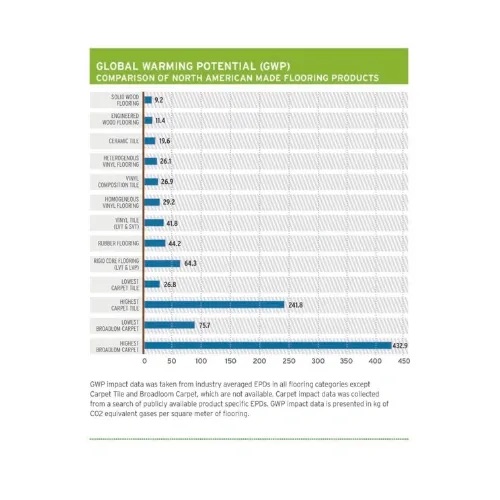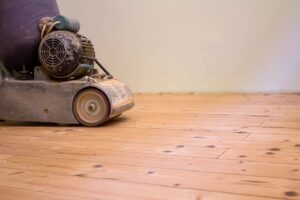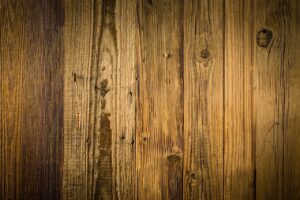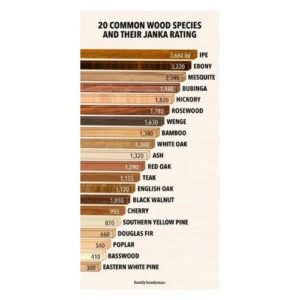The impact of hardwood flooring on the environment can vary depending on several factors, including the type of wood, the sourcing and harvesting practices, the manufacturing process, and the durability of the flooring. When comparing hardwood flooring to other types of flooring, such as carpet, laminate, vinyl, or tile, several environmental considerations come into play:
- Renewable Resource: Hardwood flooring, when sourced responsibly from well-managed forests, can be considered a renewable resource. Trees can be replanted and harvested sustainably, making it a more eco-friendly choice compared to non-renewable resources like fossil-fuel-based products.
- Carbon Footprint: During the growth of hardwood trees, they absorb carbon dioxide from the atmosphere, helping to mitigate greenhouse gas emissions. This makes wood products, including hardwood flooring, have a lower carbon footprint compared to many other materials that require energy-intensive manufacturing processes.
- Longevity and Durability: High-quality hardwood flooring can last for decades, even centuries, if properly maintained and refinished. Its durability can reduce the need for replacement, leading to less waste generation over time.
- Recyclability and Biodegradability: Hardwood flooring can be recycled or repurposed at the end of its life, and if disposed of responsibly, it is biodegradable, reducing its impact on landfills.
- Sustainable Certification: Some hardwood flooring products come with sustainability certifications, such as the Forest Stewardship Council (FSC) certification, which ensures that the wood is sourced from responsibly managed forests.
When comparing hardwood flooring to other types of flooring:
- Carpet: Carpet production can involve the use of synthetic materials and chemicals, and its lifecycle can contribute to indoor air pollution.
- Laminate and Vinyl: These flooring types may have a lower initial environmental impact, but they are often made from non-renewable resources and can release volatile organic compounds (VOCs) during production and installation.
- Tile: Tile flooring, especially ceramic or porcelain, can be durable and have a long lifespan. However, the environmental impact depends on the sourcing of the raw materials and the energy used in manufacturing.
Ultimately, the environmental impact of hardwood flooring compared to other types of flooring depends on the specific product, its sourcing, and the practices of the manufacturer. Choosing sustainably sourced hardwood flooring or considering eco-friendly alternatives can help minimize the environmental impact of your flooring choice. If you live in Manhattan, Kansas or nearby areas such as Wamego or St George, give us a call for a free estimate: 785-236-7652.



